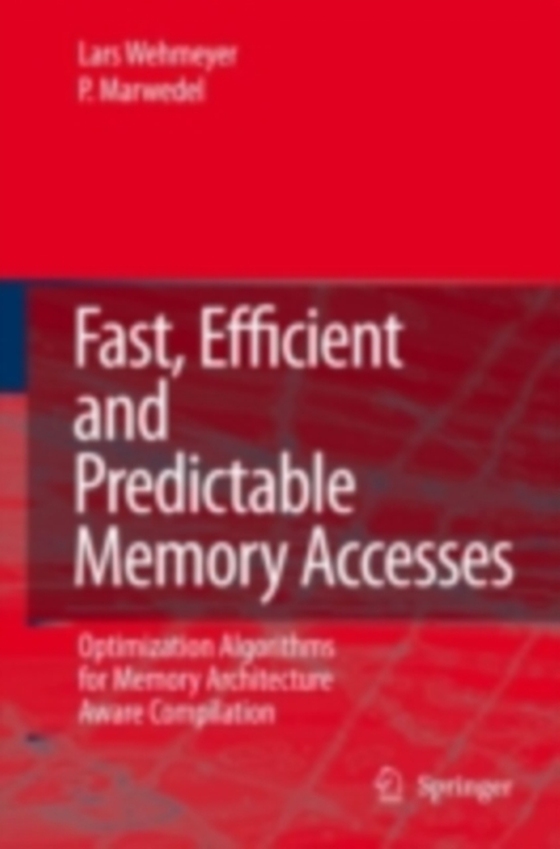
Fast, Efficient and Predictable Memory Accesses e-bog
875,33 DKK
(inkl. moms 1094,16 DKK)
The memory system is increasingly turning into a bottleneck in the design of embedded systems. The speed improvements of memory systems are lower than the speed improvements of processors, eventually leading to embedded systems whose performance is limited by the memory. This problem is known as the "e;memory wall"e; problem. Furthermore, memory systems may consume the largest share of ...
E-bog
875,33 DKK
Forlag
Springer
Udgivet
8 september 2006
Genrer
TGMM
Sprog
English
Format
pdf
Beskyttelse
LCP
ISBN
9781402048227
The memory system is increasingly turning into a bottleneck in the design of embedded systems. The speed improvements of memory systems are lower than the speed improvements of processors, eventually leading to embedded systems whose performance is limited by the memory. This problem is known as the "e;memory wall"e; problem. Furthermore, memory systems may consume the largest share of the system's energy budget and may be the source of unpredictable timing behaviour. Hence, the design of the memory system deserves an increasing amount of attention. Fast, Efficient and Predictable Memory Accesses presents techniques for designing fast, energy-efficient and timing predictable memory systems. By using a careful combination of compiler optimizations and architectural improvements, we can achieve more than what would be feasible at one of the levels in isolation. The described optimization algorithms achieve the goals of high performance and low energy consumption. In addition to these benefits, the use of scratchpad memories significantly improves the timing predictability of the entire system, leading to tighter worst case execution time bounds (WCET). The WCET is a relevant design parameter for all timing critical systems. In addition, the book covers algorithms to exploit the power down modes of main memories in SDRAM technology, as well as the execute-in-place feature of Flash memories. The final chapter considers the impact of the register file, which is also part of the memory hierarchy.
 Dansk
Dansk

